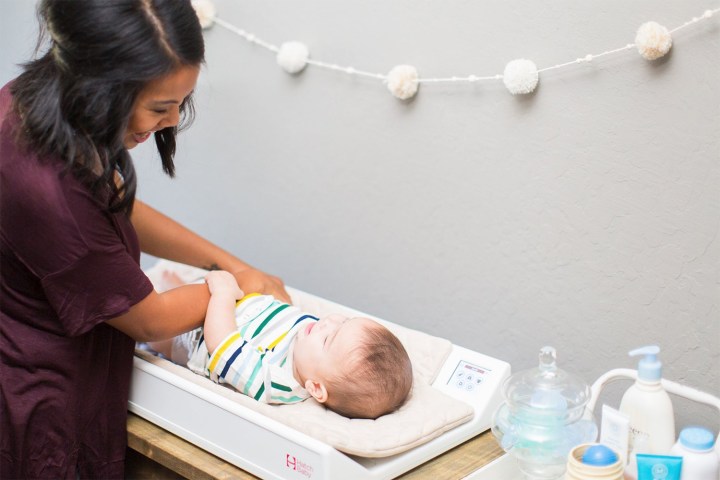
Moreover, the patent suggests that this futuristic camera would be able to detect when an infant shifts sleeping positions from sleeping on his or her back to the belly, again alerting parents if there is cause for concern. The camera, the Intel team hopes, could help to prevent sudden infant death syndrome (SIDS), which occurs most frequently during sleep and seems to be linked to respiratory issues.
“Conventional approaches to detecting an infant respiratory problem in real time require physical attachment of devices to the infant,” the patent reads. “A more robust system for infant respiratory monitoring is therefore needed.”
While digital cameras certainly already exist in most modern infant monitoring systems, many of these are unable to provide the level of detail that may be required in life-or-death situations. With little image analysis capacities, many of these cameras allow parents a broad overview of the goings-on with their child, but not much by way of specifics like their breathing patterns. The 3D camera, however, could be a solution.
It’s unclear as of yet exactly what form this 3D camera will take, but if it does come to fruition, it could come as a huge relief to parents everywhere.


